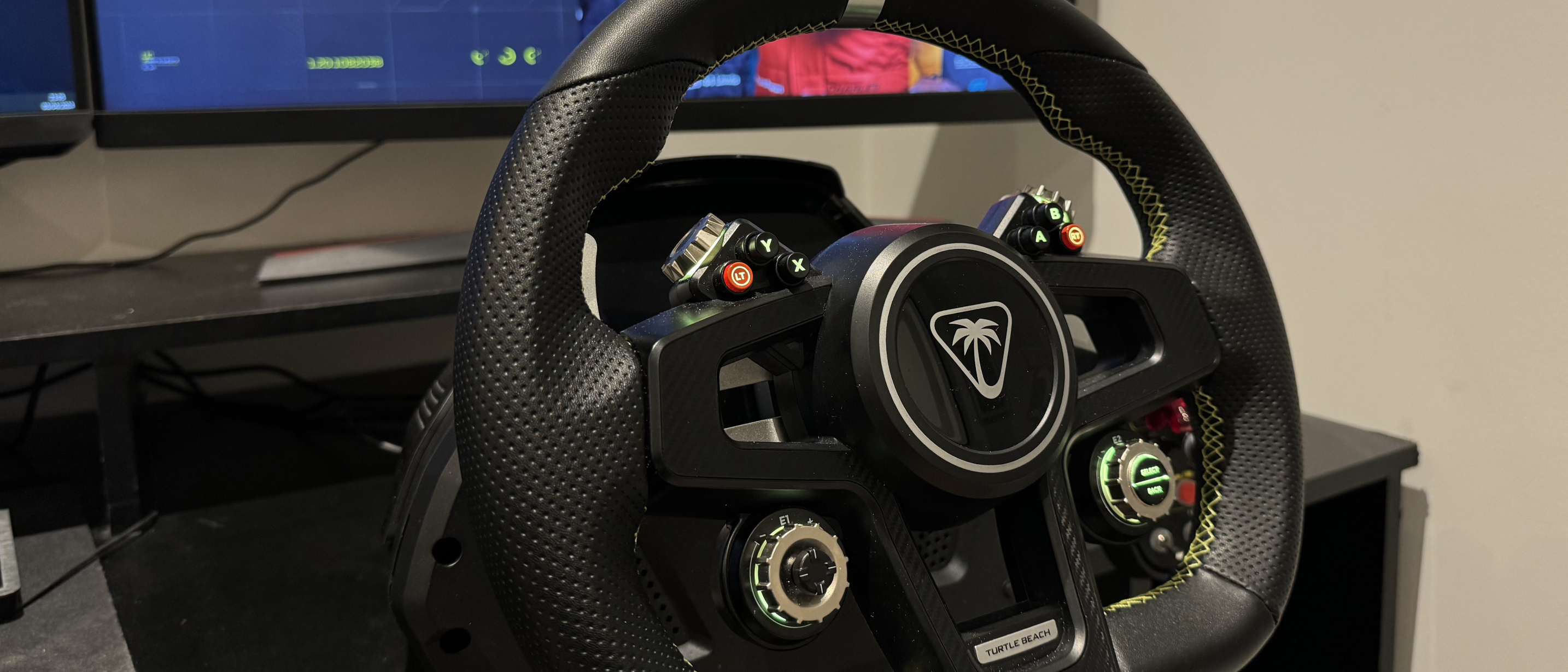TechRadar Verdict
The Turtle Beach VelocityOne Race Wheel and Pedals are a cheap way into the direct drive world, but are still far more expensive than the end product justifies, as the build quality feels cheap and its competitors offer better value for money.
Pros
- +
Race Management Display is neat
- +
An avenue into direct-drive wheels for a reasonable price
- +
Pleasing, high-end aesthetic
Cons
- -
Poor build quality compared to competitors
- -
Most games on PC require button mapping before playing
- -
Racing experience doesn't match the cost
Why you can trust TechRadar
While Turtle Beach excels in and is famous for its prowess in the audio department, the brand also has numerous controllers on offer - and now they've expanded into the racing simulation market. Branded as the VelocityOne series of equipment, their flightdeck, flightstick, rudder, and control system are now joined by a racing wheel and pedals fit for any and all modern racing games on PC, Xbox Series X|S, and Xbox One.
However, $650 / £630 (about AU$950) is a hefty price tag when you consider other options such as the more reasonably priced Logitech G920/3, or the astoundingly expensive - but widely considered to be the best racing wheel on the market - Logitech G Pro.
I've spent a while putting the Turtle Beach VelocityOne Race Wheel and Pedals through its paces in a variety of games, from F1 23 to EA WRC and Euro Truck Simulator 2 to find out if the peripheral brand is onto a pole position, or whether it's the black-and-white flag for their first outing.
Design & features
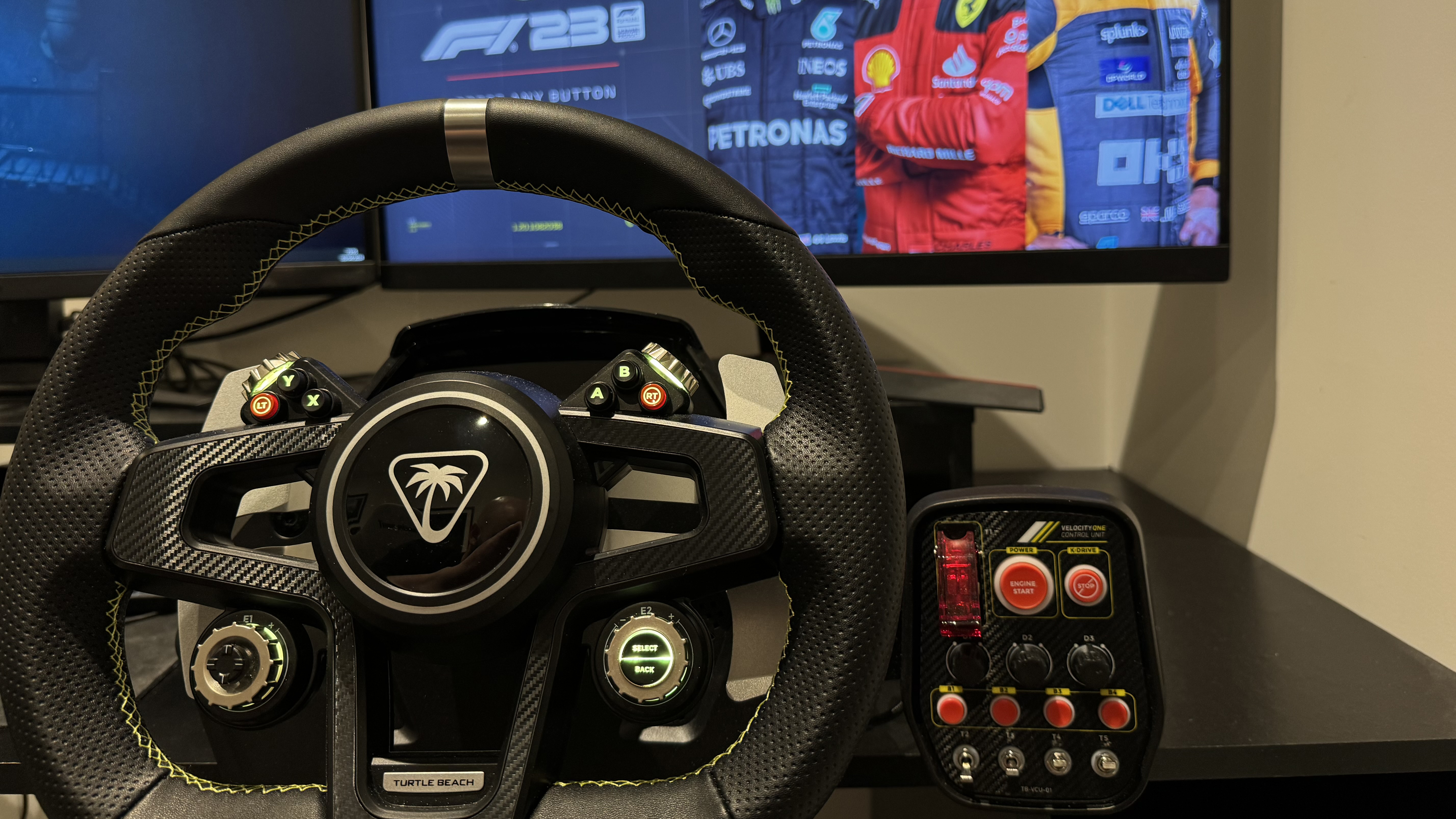
The VelocityOne Race features a D-shaped wheel with six face buttons, a directional stick for menu navigation, four dials, two buttons on the back, and four paddles. Turtle Beach hasn't tried to reinvent the wheel here, nor did they need to. The innovation comes in the form of the wheelbase, which is essentially a screen used for the ‘Race Management Display’ (RMD).
During setup and outside of races, this is an ingenious way to allow the user to tweak wheel and pedal settings without having to use an extra program on PC. On Xbox Series X, Series S, or Xbox One, it gives players an added level of customization you wouldn't find otherwise, as you can adjust sensitivity settings, button mappings, and the like, most of which are usually off-limits to those on console.
When you're racing is when it properly comes alive though, as it displays all manner of race info in supported games, such as your speed, current gear, lap times and delta, tire wear, and more. However, this comes with a big caveat: currently, no games support this functionality on Xbox, and getting it up and running on PC requires the SimHub third-party software.
While it's neat and looks impressive, its functionality is also limited, as your game of choice will likely display all of that information on the heads-up display (HUD), meaning you don’t have to not look away from the screen while hurtling down the track at ridiculous speeds. So, the display is, sadly, more of a gimmick than anything.
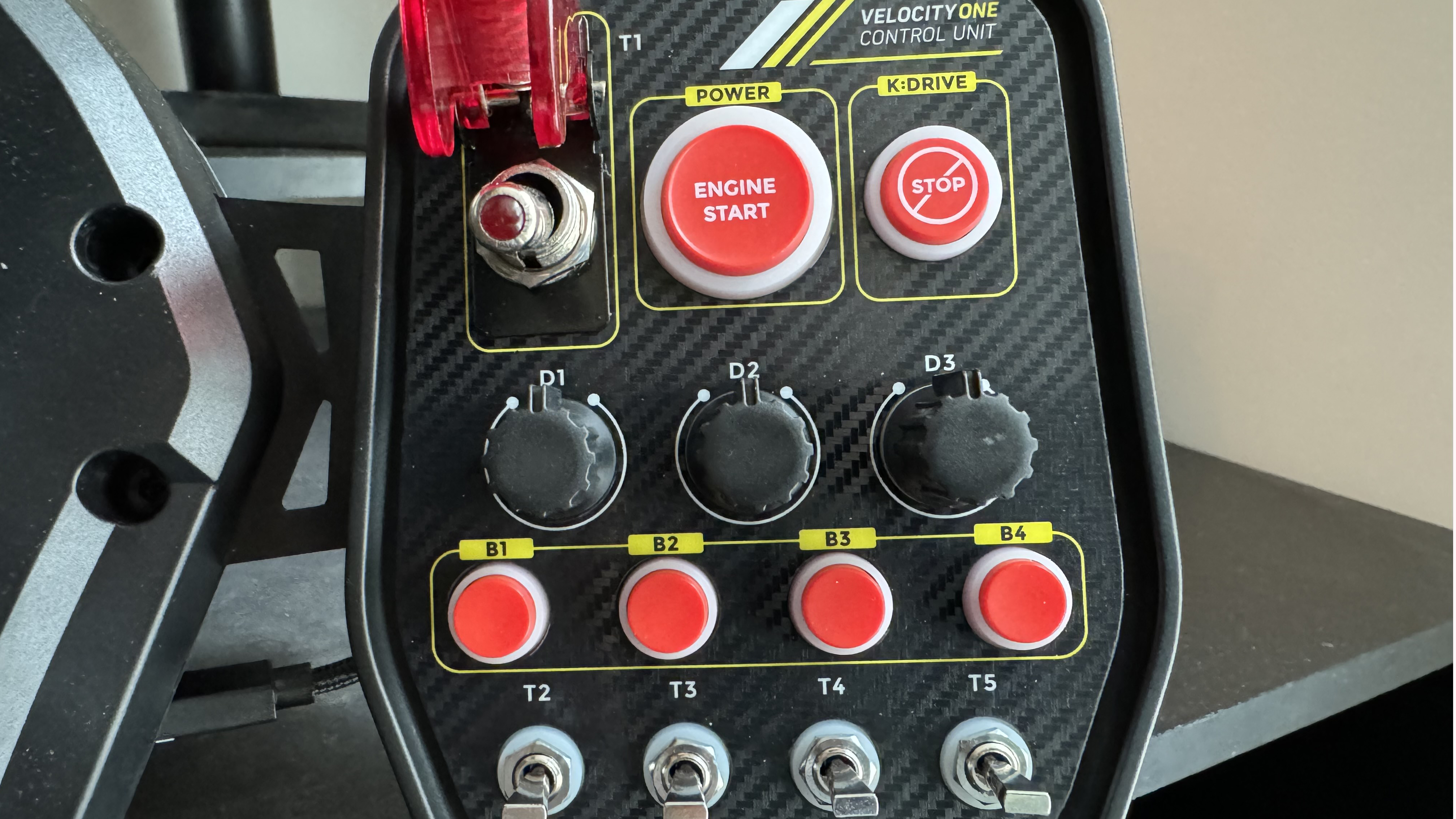
Speaking of gimmicks, you can attach a button box to the wheelbase that sticks out of the right-hand side. This sports four buttons, four switches, and three dials, along with the engine start and a button to turn the device off, and an extra switch with a red plastic cover to ensure you don't knock it by mistake.
The problem is, outside of the hardcore sim racing games such as iRacing, dials and latched switches aren't ideal for most functions you'd need. Take F1 23, for example; there are far more functions in that game than there are assignable buttons on the VelocityOne because toggleable switches and dials aren't a good match for the game.
The shell of the button box itself also feels quite plasticky and tacky, and while the switches do feel clicky and tactile, it doesn't redeem the cheap quality of the surroundings. This carries over to the fabric and stitching on the wheel, as it feels a little spongy; if you squeeze and rotate it, you can feel it move in your grip. If you isolated the VelocityOne Race wheel and compared it directly to the Logitech G923, the latter has none of these issues and you'd likely assume the Turtle Beach offering is the one at less than half the price of the other.
Onto the pedals and there is one huge design flaw that makes it essentially unusable out of the box for anyone playing at a desk as opposed to a wheel stand or proper sim rig: the USB connector to link it to the wheelbase protrudes directly out of the back of the pedalbase.
This means that you cannot put the pedals against a wall or you'll damage the cable, and putting it against a wall is essential because, despite the inclusion of some sticky pads to place on the bottom of the pedalbase, it slides along the floor when you engage the gas or brake pedals with any force.
To hark back to the Logitech G923 again, the cable here goes under the pedals through a groove and is connected via a port in an indent in the bottom, so this issue doesn't occur. I fixed this problem with the VelocityOne pedals by placing two wooden blocks on either side of the USB, but it feels like something that should have been caught in the product’s design phase.
Performance
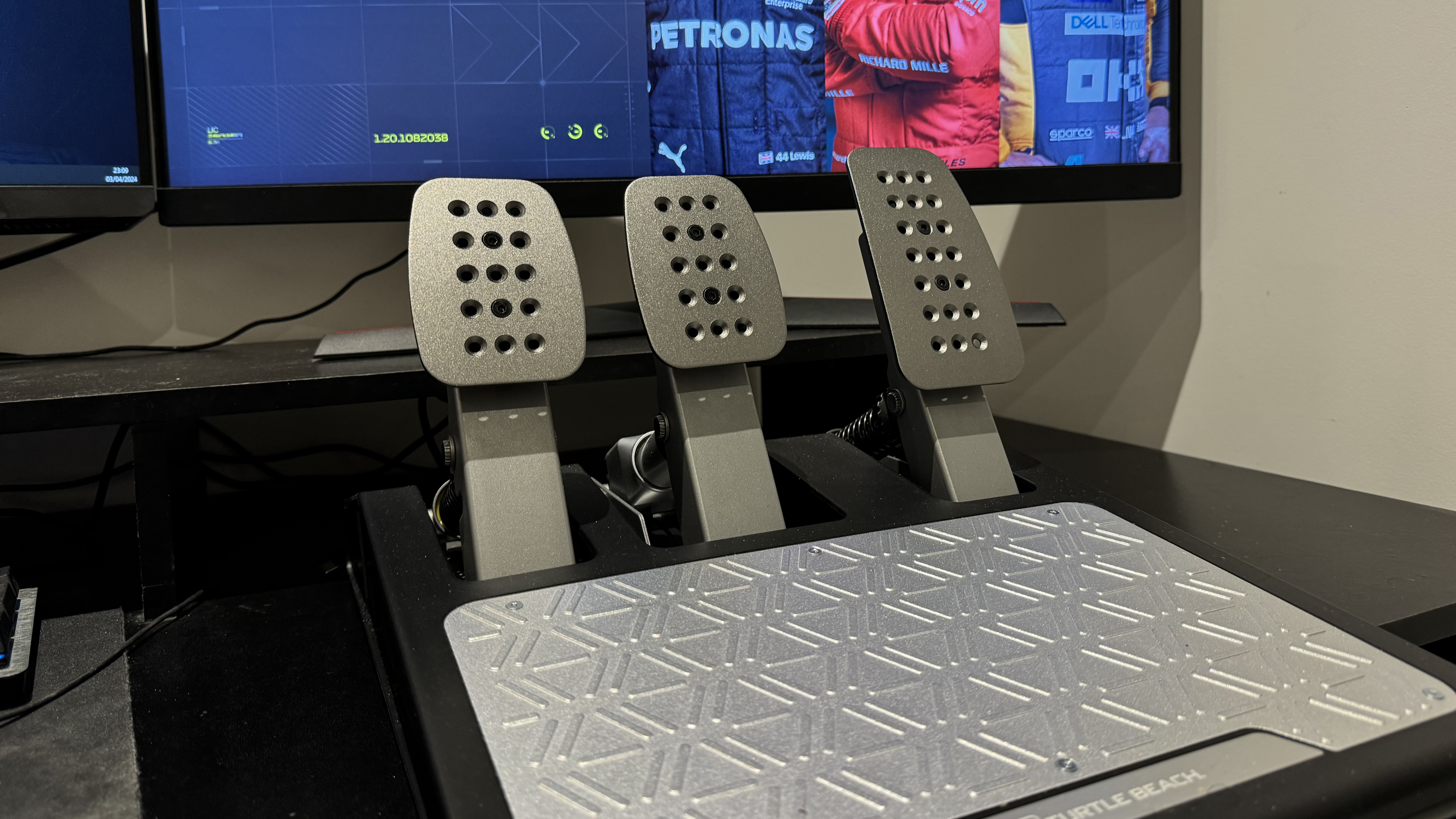
When it comes to performance, the VelocityOne performs well with only a few minor bugbears present. For example, one tiny frustration is that when you're not in a race, the RMD displays the position of the wheel, and my review model always rests one notch to the left, so it isn't truly straight. This isn't a big deal thanks to the deadzone, but it's noticeable enough to be annoying.
Another issue with the pedals is that the front of the pedalbase isn't weighted anywhere near enough. Again, this won't be as much of a problem for those with a wheel stand or a full rig, but sat in a chair with the pedals below your desk means braking firmly will usually flip the base up, making it impossible to brake or accelerate quickly with any consistency. My solution was to place two 6.6lbs / 3kg dumbbells on either side of the base and avoid knocking them off with my feet.
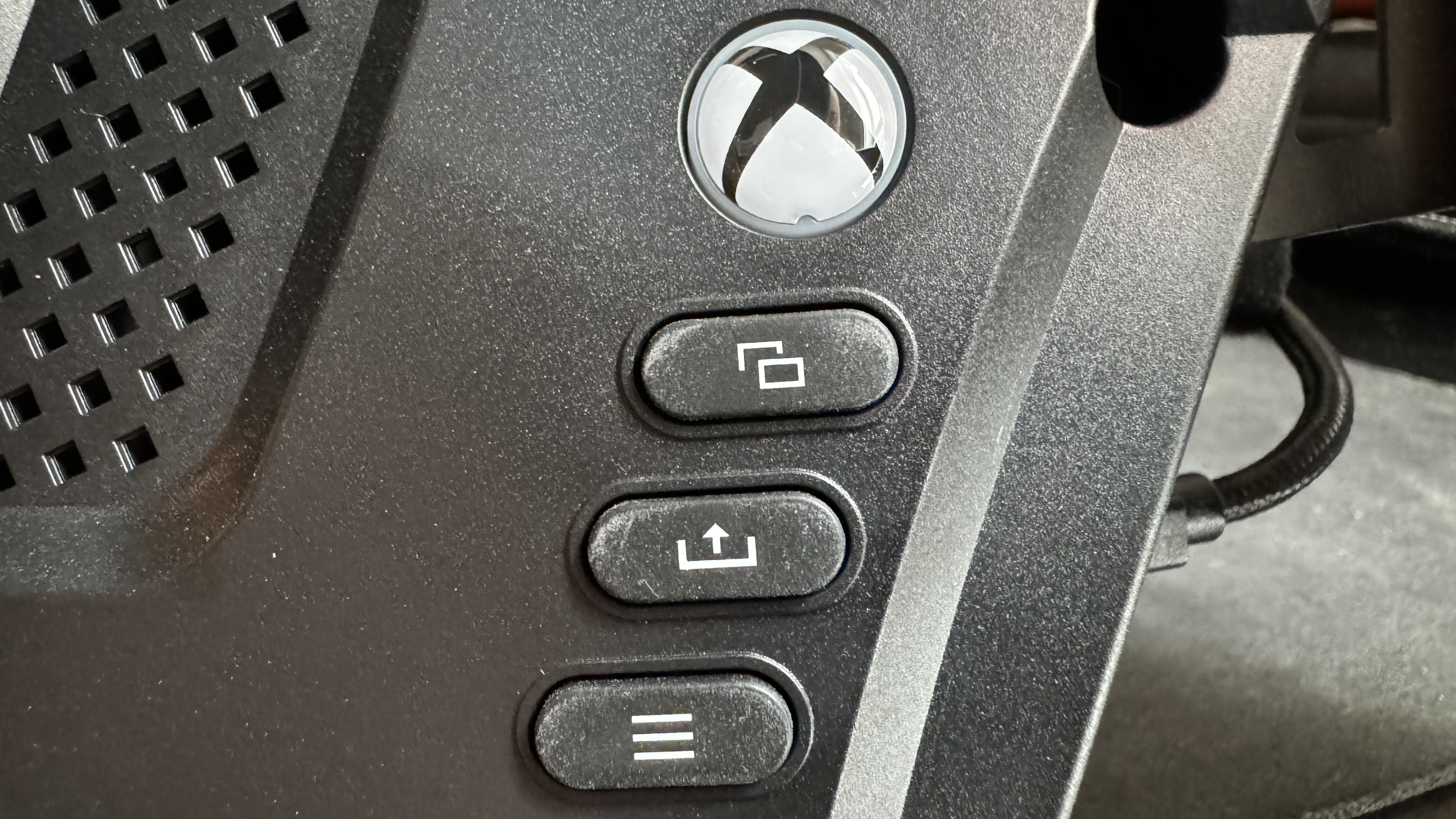
Perhaps the biggest issue, albeit not one exclusive to the VelocityOne, is the lack of games on PC with native support. However, this product has an alarmingly small number of games supported out of the box, with only two - EA Sports WRC and Forza Motorsport - offering plug-and-play. The official compatibility list confirms every other game requires mapping the controls yourself, and that often doesn't work exactly as it should.
In Euro Truck Simulator 2 for instance, the VelocityOne wouldn't recognize the lower paddles at all. There were also instances in every game where the connection would be lost, forcing an auto-pause, before randomly reconnecting after 10 seconds or so, making it impossible to play using this wheel in any online race in fear of it happening again.
The one thing this wheel has in its favor is the fact it's direct drive, as opposed to gear-driven or belt-driven like the oft-recommended Logitech G923 and other cheaper alternatives. This means the VelocityOne is more responsive and much more akin to driving a real racing car thanks to the torque on offer, but if you're after a direct drive wheel specifically, you can get much better products, such as the Simagic Alpha Mini or one of Moza's many products, a few of which are still cheaper than this.
Should I buy the Turtle Beach VelocityOne Race wheel and pedal set?
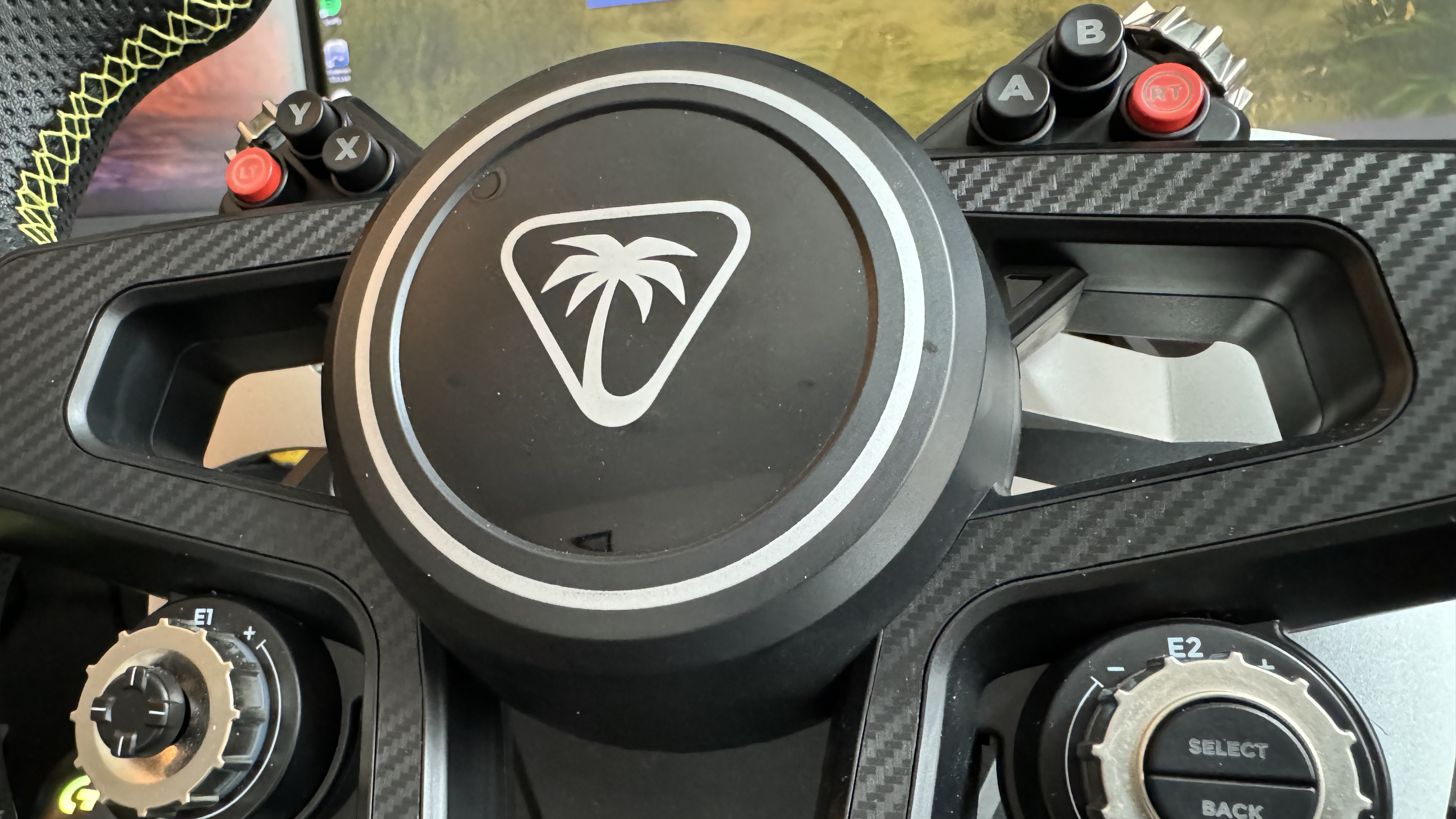
The VelocityOne is a tough one to fully recommend. While it certainly works (most of the time), this product is unfortunately about double the price it should be - certainly when comparing it to its competitors. Generally, the performance is good, but it's no better than a wheel you can get for half the price, which makes it tough to endorse.
The Race Management Display is cool but is still ultimately a gimmick, and while the fact it sports direct drive may be a selling point to some, it doesn't do enough to compete in my eyes. If you're a beginner looking to dive into simracing for the first time, the Logitech G29 or G923 is a better fit and much easier to point you towards. If you're looking to upgrade from that to direct drive, then you might find better mileage in products such as the Moza R5 or Fanatec GT DD Pro.
Buy it if...
You like the look of the Race Management Display
Along with the button box, the RMD is certainly an attraction of the VelocityOne and offers something that can enhance a sim racing experience.
You're desperate for a complete direct drive package
The VelocityOne offers a direct drive package for a reasonable investment given those sets can get incredibly expensive.
Don't buy it if...
You want to maximize the bang for your buck
Ultimately, you can get a better racing experience for cheaper with something like the Logitech G923 set so if you want to absolutely get the most for your money you should look elsewhere.
You want a plug in and play wheel
The VelocityOne set, combined with its compatible game list, will have you manually setting up and mapping controls regularly which can be a nuisance.
How we tested the Turtle Beach VelocityOne Race Wheel and Pedals
I spent around five days using the VelocityOne in a variety of driving games on PC, including F1 23, Euro Truck Simulator 2, EA Sports WRC, and Forza Motorsport. I used it clamped on a desk with the wheels below. I also A-B tested the VelocityOne by returning to my other wheel, the Logitech G923, regularly to compare the two.
You might also like...
- The best PC controllers you can get right now
- Check out the best PS5 racing wheels on the market
- Upgrade your audio with one of the best Xbox Series X headsets

Ford is a freelance gaming journalist with a deep interest in a variety of genres and games. He has bylines at some of the biggest publications in the business including Polygon, GamesRadar+, PC Gamer, GameSpot, and Eurogamer. Prior to going freelance, he held editor positions at VideoGamer, PCGamesN, and GGRecon.
